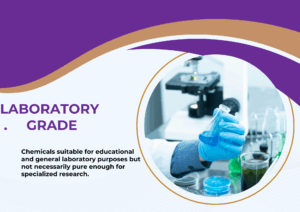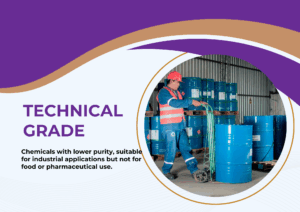Activated Carbon: A Comprehensive Guide to Its Uses, Benefits, and Environmental Impact
Activated carbon, also known as activated charcoal, is a highly porous material with a vast surface area, making it highly effective in absorbing and adsorbing a variety of substances. It is typically produced from carbon-rich materials such as coal, coconut shells, or wood through a process known as activation. This process enhances the material’s adsorption properties, allowing it to trap impurities and toxins.
Uses of Activated Carbon
Activated carbon has a wide range of applications, making it an indispensable substance in various industries. In water treatment, it is used to remove impurities like chlorine, volatile organic compounds (VOCs), and heavy metals, making water cleaner and safer. In air purification, activated carbon is commonly found in filters that remove odors, smoke, and pollutants from indoor environments.
One of its most well-known uses is in medical treatments, where activated carbon is used in emergency poisonings to absorb toxins in the digestive system. Additionally, it’s found in personal care products like face masks, toothpaste, and deodorants due to its ability to absorb impurities from the skin and air.
Benefits of Activated Carbon
The primary benefit of activated carbon lies in its excellent adsorption capacity. This allows it to purify water, air, and even food and beverages. It is non-toxic, making it safe for human use when applied correctly. Activated carbon is also reusable in some applications, such as water filtration, where it can be cleaned and restored for continued use.
Environmental Impact
While activated carbon has significant environmental benefits in pollution control, its production process can have environmental drawbacks. The activation process, especially when derived from non-renewable sources like coal, can contribute to carbon emissions. However, sustainable alternatives, such as coconut shells, are gaining popularity due to their renewability and lower environmental footprint.
In conclusion, activated carbon is a versatile material with crucial roles in industries ranging from water treatment to healthcare. By understanding its uses, benefits, and environmental impact, we can make more informed decisions about its application and sustainability.


 Emollients
Emollients Humectants
Humectants UV Filters
UV Filters Surfactants (cosmetic)
Surfactants (cosmetic)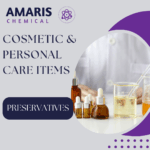 Preservatives (cosmetic)
Preservatives (cosmetic) Fragrances and Essential Oils
Fragrances and Essential Oils Antioxidants (cosmetics)
Antioxidants (cosmetics)
 Solvents (lab)
Solvents (lab) Chromatography Chemicals
Chromatography Chemicals Microbiology and Cell Culture Reagents
Microbiology and Cell Culture Reagents Biochemical Reagents
Biochemical Reagents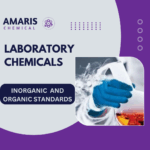 Inorganic and Organic Standards
Inorganic and Organic Standards Spectroscopy Reagents
Spectroscopy Reagents Molecular Biology Reagents
Molecular Biology Reagents
 Precious Metal Extraction Agents
Precious Metal Extraction Agents
 Plasticizers
Plasticizers Polymerization Initiators
Polymerization Initiators Stabilizers
Stabilizers Monomers
Monomers Fillers and Reinforcements
Fillers and Reinforcements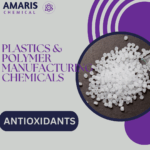 Antioxidants (plastics)
Antioxidants (plastics) Colorants (plastic pigments,Dyes)
Colorants (plastic pigments,Dyes)
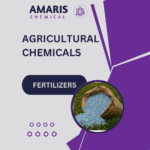 Fertilizers
Fertilizers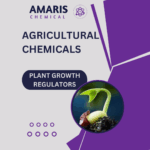 Plant Growth Regulators
Plant Growth Regulators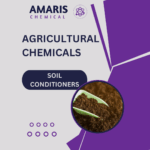 Soil Conditioners
Soil Conditioners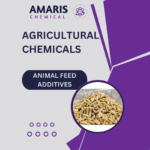 Animal Feed Additives
Animal Feed Additives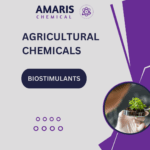 Biostimulants
Biostimulants
 Dough Conditioners
Dough Conditioners Flour Treatments
Flour Treatments Fat Replacers
Fat Replacers Preservatives (baking)
Preservatives (baking)
 Surfactants (cleaning)
Surfactants (cleaning) Builders
Builders Bleaching Agents
Bleaching Agents Enzymes
Enzymes Solvents (cleaning)
Solvents (cleaning) Fragrances
Fragrances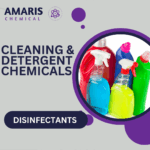 Disinfectant
Disinfectant Metal cleaning
Metal cleaning
 Binders/Resins
Binders/Resins Pigments
Pigments Solvents (paint)
Solvents (paint) Additives
Additives Driers
Driers Anti-Corrosion Agents
Anti-Corrosion Agents Specialty Coatings
Specialty Coatings Functional Coatings
Functional Coatings Application-Specific Coatings
Application-Specific Coatings
 Sealants and Adhesives
Sealants and Adhesives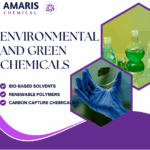
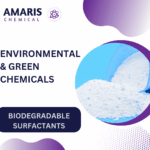 Biodegradable Surfactants
Biodegradable Surfactants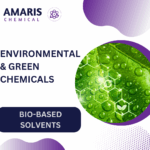 Bio-based Solvents
Bio-based Solvents Renewable Polymers
Renewable Polymers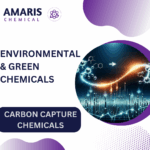 Carbon Capture Chemicals
Carbon Capture Chemicals Wastewater Treatment Chemicals
Wastewater Treatment Chemicals
 Preservatives (food)
Preservatives (food) Flavor Enhancers
Flavor Enhancers Acidulants
Acidulants Sweeteners
Sweeteners Emulsifiers
Emulsifiers Antioxidants (food)
Antioxidants (food) Colorants (food)
Colorants (food) Nutrient Supplements
Nutrient Supplements Nutraceutical Ingredients
Nutraceutical Ingredients
 Fresh Herbs
Fresh Herbs Whole Spices
Whole Spices Ground Spices
Ground Spices Spice Blends
Spice Blends
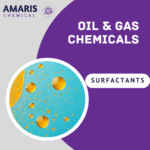 Surfactants(oil)
Surfactants(oil)
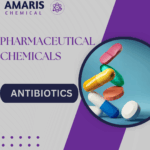 Antibiotics
Antibiotics Active Pharmaceutical Ingredients
Active Pharmaceutical Ingredients Excipients
Excipients Vaccine Adjuvants
Vaccine Adjuvants Nutraceutical Ingredients
Nutraceutical Ingredients Solvents (pharmaceutical)
Solvents (pharmaceutical)
 Automotive chemicals
Automotive chemicals Pyrotechnic Chemicals
Pyrotechnic Chemicals


 Vulcanizing Agents
Vulcanizing Agents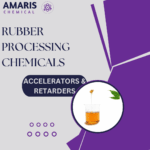 Accelerators & Retarders
Accelerators & Retarders Antidegradants
Antidegradants Reinforcing Agents
Reinforcing Agents Plasticizers & Softeners
Plasticizers & Softeners Fillers & Extenders
Fillers & Extenders Blowing Agents
Blowing Agents Adhesion Promoters
Adhesion Promoters



